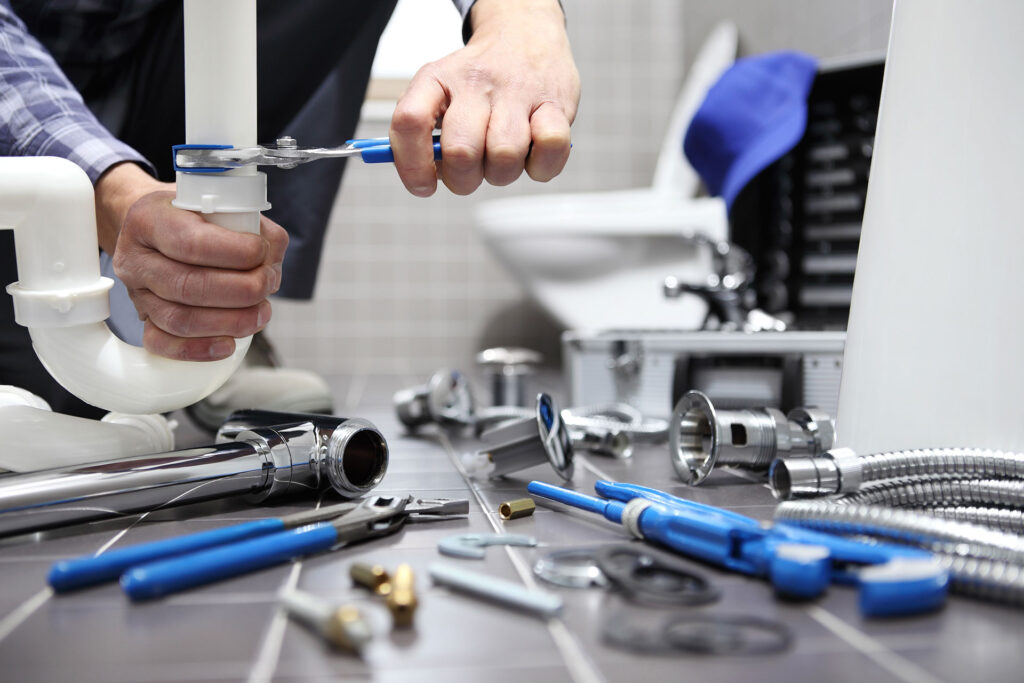Whether you are a homeowner or a renter, having some basic plumbing skills can save you time, money, and the headache of waiting for a professional plumber to arrive. This blog post aims to provide you with comprehensive insights and engaging tips that will empower you to tackle various plumbing issues on your own. From fixing leaky faucets to unclogging drains, let’s dive into the world of DIY plumbing!
Recent Trends in DIY Plumbing
In recent years, a growing number of homeowners have started embracing DIY plumbing projects due to various reasons. One notable trend is the desire to save money. Plumbing services can be costly, and with the availability of online resources and tutorials, many people have chosen to take matters into their own hands.
Another trend is the rise of eco-friendly plumbing solutions. With increasing awareness of environmental issues, homeowners are seeking ways to reduce water waste and energy consumption. DIY plumbing allows individuals to install energy-efficient fixtures and repair leaks promptly, contributing to a more sustainable living environment.
Essential Tools for DIY Plumbing
Before embarking on any plumbing project, it is crucial to have a well-stocked toolbox. Here are some essential tools every DIY plumber should have:
- Adjustable wrench: Used for tightening and loosening various plumbing fittings.
- Plunger: Effective for clearing clogs in toilets, sinks, and showers.
- Pipe cutter: Necessary for cutting pipes accurately.
- Teflon tape: Helps create leak-free connections between threaded plumbing fixtures.
- Pliers: Useful for holding, bending, and gripping pipes.
Having these tools readily available will make your DIY plumbing ventures much easier and more efficient.
DIY Plumbing Tips for Common Issues
Fixing Leaky Faucets
A dripping faucet not only wastes water but can also be incredibly annoying. To tackle this issue, follow these steps:
- Turn off the water supply to the faucet.
- Use a wrench to remove the handle and expose the cartridge or valve.
- Replace any worn out or damaged O-rings or washers.
- Reassemble the faucet and turn the water back on to test its functionality.
Unclogging Drains
Clogged drains are a common plumbing problem that can be easily resolved. Try the following methods:
- Start by using a plunger to create suction and dislodge the clog.
- If the plunger fails, remove the drain stopper and use a drain snake to clear the blockage.
- Follow up with a mixture of baking soda and vinegar, followed by hot water, to help dissolve any remaining residue.
Remember to exercise caution when using chemical drain cleaners, as they can be harmful to both you and your pipes.
The Future Outlook of DIY Plumbing
As technology continues to advance, DIY plumbing projects are likely to become even more accessible and efficient. Online tutorials and smartphone apps will provide step-by-step guidance, allowing homeowners to confidently tackle more complex plumbing tasks.
Furthermore, with an increasing focus on sustainability, DIY plumbing will play a crucial role in creating eco-friendly homes. Homeowners will be empowered to install water-saving fixtures, incorporate renewable energy sources, and practice greater efficiency in their plumbing systems.
In conclusion, DIY plumbing is a valuable skill that every homeowner should possess. By mastering the art of tackling common plumbing issues, you can save money, contribute to sustainability efforts, and gain a sense of satisfaction from maintaining your home. So, grab your tools, embrace your inner DIY spirit, and embark on a plumbing journey that will empower you for years to come!
*[DIY]: Do It Yourself

